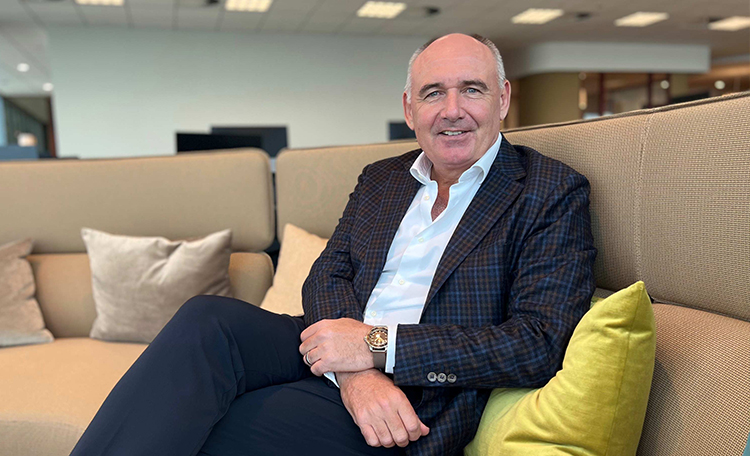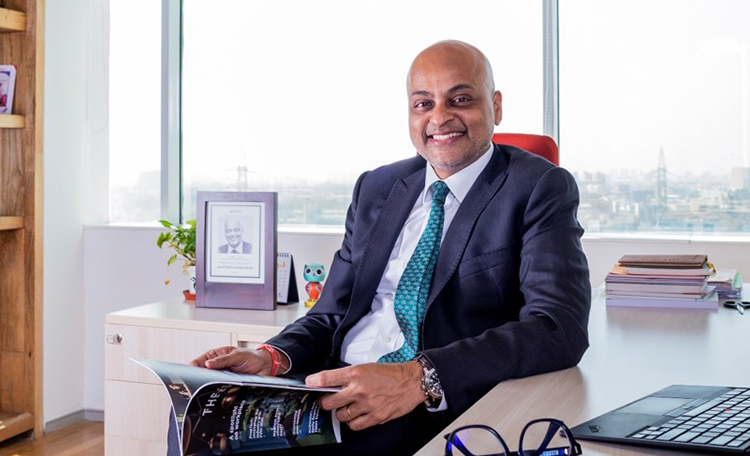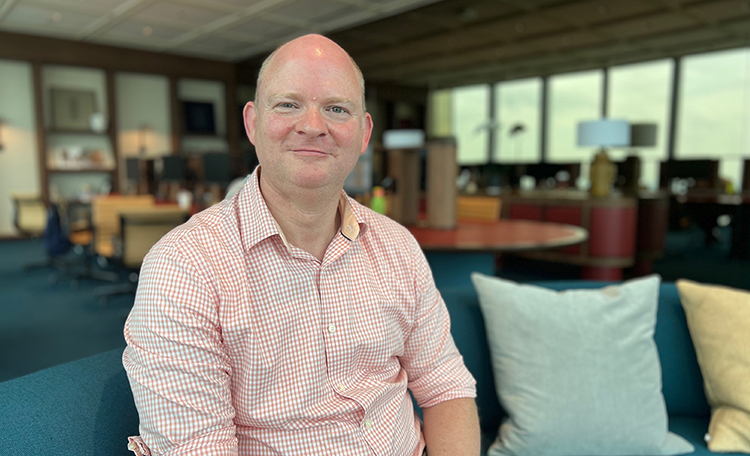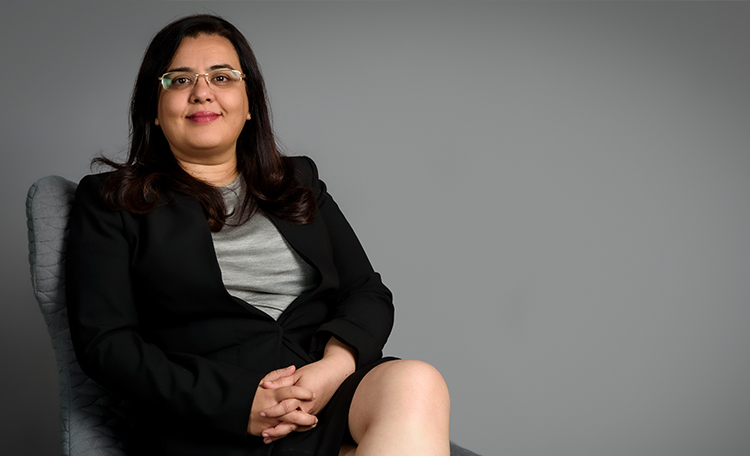Q. Carol, how would you define maximum workplace experience?
I would say maximum workplace experience is best demonstrated when employees feel that their company cares for them – when they feel proud to be working for a company that they believe allows them to grow, to learn, and to thrive.
Research shows that yes, flexibility and choice are key priorities for employees, but so is being treated well. As companies, we need to care for our people by enabling and empowering them, whether that is through the workplace setting, through technology, through processes or through culture – or through all of these.
Q. We have seen employers offer everything from food and beverage options, to in-house yoga, to ping pong tables to elevate the employee experience. What works and what doesn’t?
The truth is that it depends on the organisation and the people in it – again, it is about making people the focus of everything you do. A ping pong table is an asset in organisations where the people have an interest in ping pong and where the organisational culture supports taking time away from work to play. Simply putting in a table where there is no interest or cultural allowance for play time will never work.
In fact, I would say that all the ‘incentives’, and we can use ping pong tables as an example, they are all ‘nice-to-haves’. But what is really, really going to keep people away from the office is if they can’t do the basic things easily: if they can’t use the technology, if they can’t get through the entry gantry effortlessly, if they can’t book a desk. We need to focus on removing barriers to enable people to do their job. We must get the basics right.
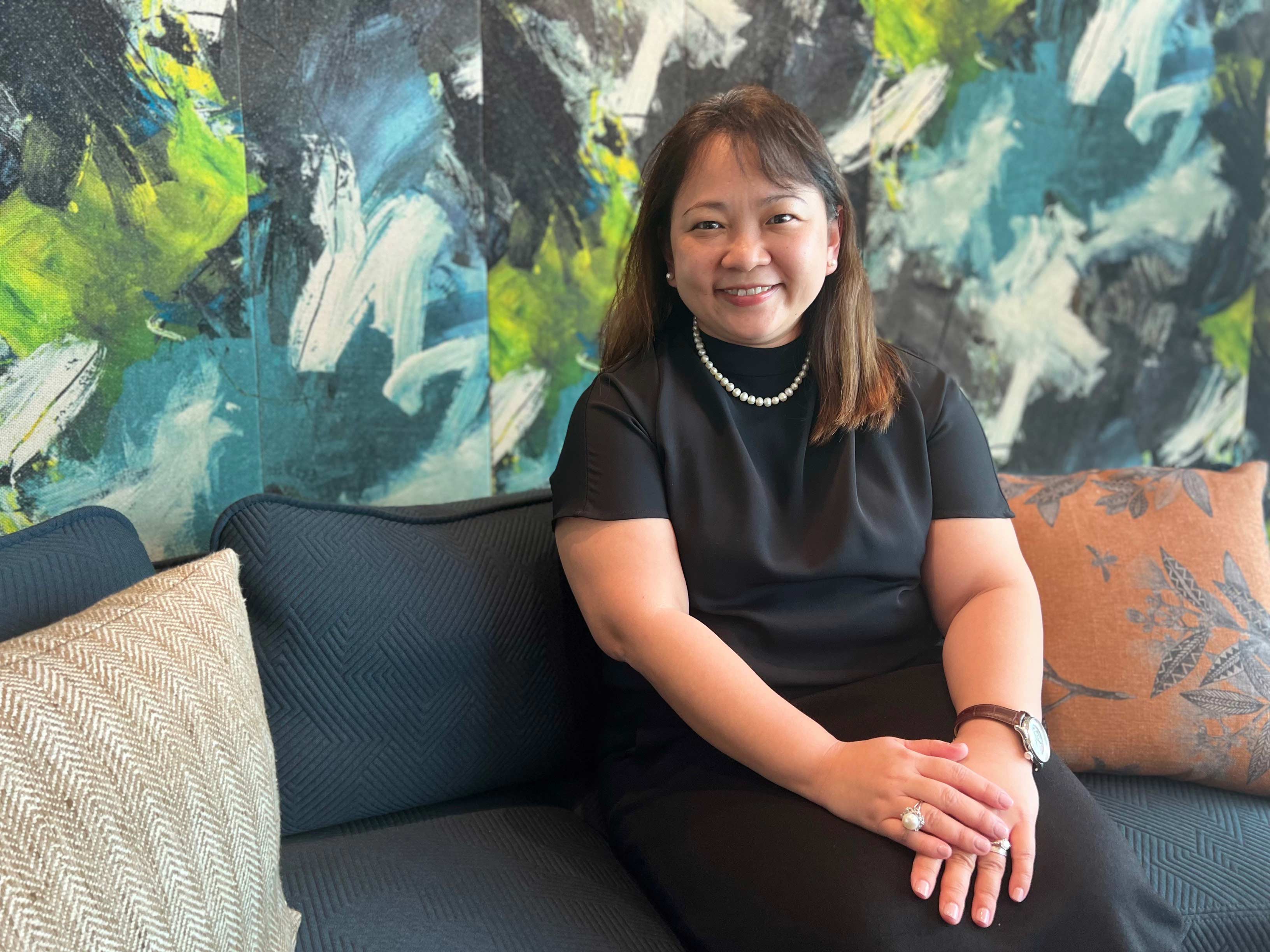
Carol Wong, Total Workplace Lead, Asia Pacific, Cushman & Wakefield
Q. What are the basics, the things that absolutely must be provided for employees to work to the best of their ability?
Firstly, frictionless technology. We must prioritise the plug-and-play experience, especially now that so many people have outstanding workspaces at home, which has created a new minimum standard for tech. That being said, a lot of the expectation around office tech is basic execution – people just want to be able to plug and play, or to keep their phone battery alive even when they forget to bring a charger. Not having these basics can be a deal-breaker. Plus, investing in technology benefits everyone: if four people in a virtual meeting connect immediately instead of after a five-minute delay, the company gains 20 minutes of productivity.
Different space typologies would be the second thing. This is such an important part of workplace strategy because it enables people to work to the best of their ability. While we usually see open collaboration areas (workstations), there should also be closed collaboration areas (meeting rooms), quiet spaces, phone booths, and social spaces like eating areas. Different types of work require different spaces.
The third thing is culture – interest groups, events or programmes that build connected, inclusive communities. We are seeing more and more companies hiring community managers to build and execute event programmes and to organise interest group meetings for employees. We know that companies with strong cultures tend to become employers of choice.
Q. How can the workplace itself contribute towards a more inclusive community?
Beyond the provision of different space typologies, we also need to do a better job of viewing the workplace through a five-senses lens: sight, touch, hearing, taste, and smell. We have so many neurodiverse people in the workforce – and so many more who could potentially join the workforce, if only we could be more sympathetic in our design choices.
While we are still early in the journey, we are seeing more consideration being given to the selection of colours, patterns, lighting, and acoustics as organisations re-assess the needs of their employees following the pandemic.
This has been partly prompted by younger workers who are not afraid to admit that they struggle with sound sensitivity or have attention-deficit hyperactivity disorder and can’t sit for long periods of time. These individuals are expecting organisations to accommodate their different abilities and to support them to perform at their best.
Of course, workplace design is just one part of enablement; organisations are also investing in redefining policies, rewriting job roles, and cultivating a more diverse, equitable, and inclusive culture among their people. The ultimate aim is to build an environment in which all employees can thrive.
Q. How do you respond to critics of desk sharing who argue that hybrid work arrangements are not about elevating the employee experience, but about cutting costs?
It is always important to be clear about the objectives you are trying to achieve. In cases where the objective is to cut costs, then I think companies need to acknowledge this. Honest explanations can encourage employee buy-in on the changes required, especially when it is the case that cutting space may avoid other cost-cutting measures.
Q. And finally, why are – or why should – occupiers be prioritising employee experience in the workplace right now?
Right now, there is a war for talent. As companies search for ways to attract and retain talent, there will continue to be a focus on elevating the employee experience through enablers such as technology, space, protocols, and policies.
But the more enduring reason is because it is a win for all. We know that happier employees are more energetic and more motivated to do their work. And our view, which is supported by data, is that when employees are inspired, they inspire their peers, which then leads to talent retention. So when employees are happier, there is more productive output and there is a positive company culture. I think this is critical.
Carol Wong is the Asia Pacific Total Workplace Lead for Cushman & Wakefield. The Total Workplace Team helps our clients answer HOW work is changing, WHERE people live and work, and WHAT the real estate implications are, to bring innovative workplace solutions to foster an engaged and productive workforce across the Total Workplace Ecosystem.


